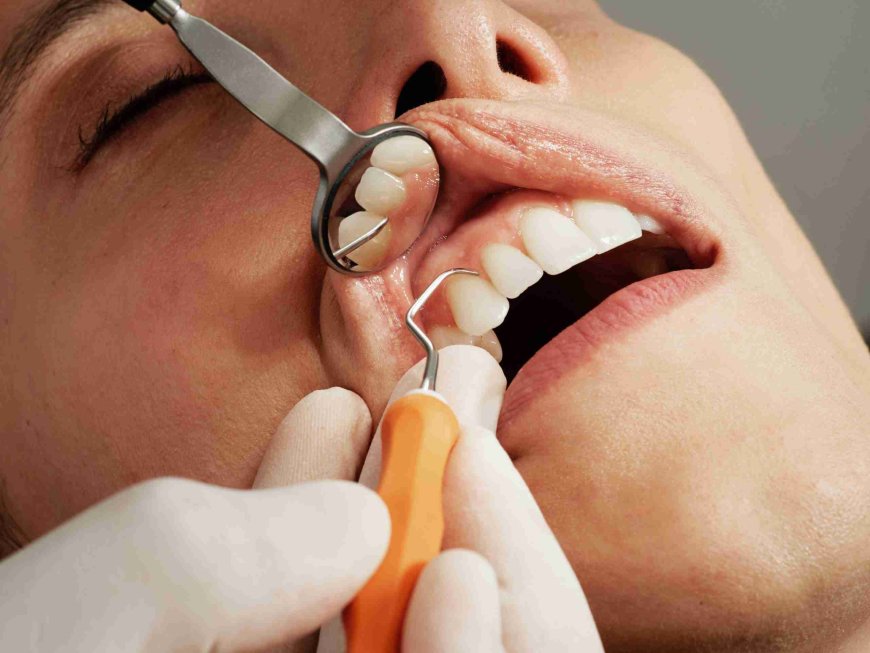Deep Dental Cleaning

Deep Dental Cleaning
What is Deep Dental Cleaning?
Deep dental cleaning, also known as scaling and root planing, is a comprehensive procedure designed to treat gum disease and improve oral health.
Unlike a standard dental cleaning, which primarily focuses on plaque and tartar removal from the surface of the teeth, deep cleaning targets the areas below the gum line.
Purpose of Deep Dental Cleaning
Deep dental cleaning is typically recommended for individuals with the following conditions:
- *Periodontitis*: A serious gum infection that damages the soft tissue and can destroy the bone that supports teeth.
- *Gum Disease*: To manage and treat gum disease in its early to moderate stages.
- *Excessive Tartar Buildup*: When standard cleanings are insufficient for removing hardened plaque (tartar).
The Procedure
1. *Evaluation*
- A thorough examination of the teeth and gums is conducted, often including X-rays to assess the extent of gum disease.
2. *Scaling*
- The dentist or dental hygienist uses specialized instruments to remove plaque and tartar from the tooth surfaces, focusing on areas below the gum line.
3. *Root Planing*
- The roots of the teeth are smoothed out to remove any rough spots where bacteria can accumulate, promoting healthier gum attachment.
4. *Antimicrobial Treatment*
- In some cases, an antimicrobial solution may be applied to help reduce bacteria and promote healing.
5. *Follow-Up Care*
- Post-procedure instructions may include improved oral hygiene practices and potential follow-up appointments to monitor progress.
Benefits of Deep Dental Cleaning
- *Improved Gum Health*: Reduces inflammation and helps reverse the effects of gum disease.
- *Prevention of Tooth Loss*: By treating gum disease early, deep cleaning can prevent further deterioration and potential tooth loss.
- *Better Breath*: Reduces bacteria that cause bad breath.
- *Overall Oral Health*: Contributes to healthier teeth and gums, enhancing overall oral hygiene.
Risks and Considerations
- *Discomfort*: Some patients may experience mild discomfort or sensitivity during and after the procedure.
- *Bleeding*: It’s common for gums to bleed slightly during the cleaning process.
- *Follow-Up Care*: Regular dental visits and good oral hygiene practices are essential to maintain results.
What's Your Reaction?




























































